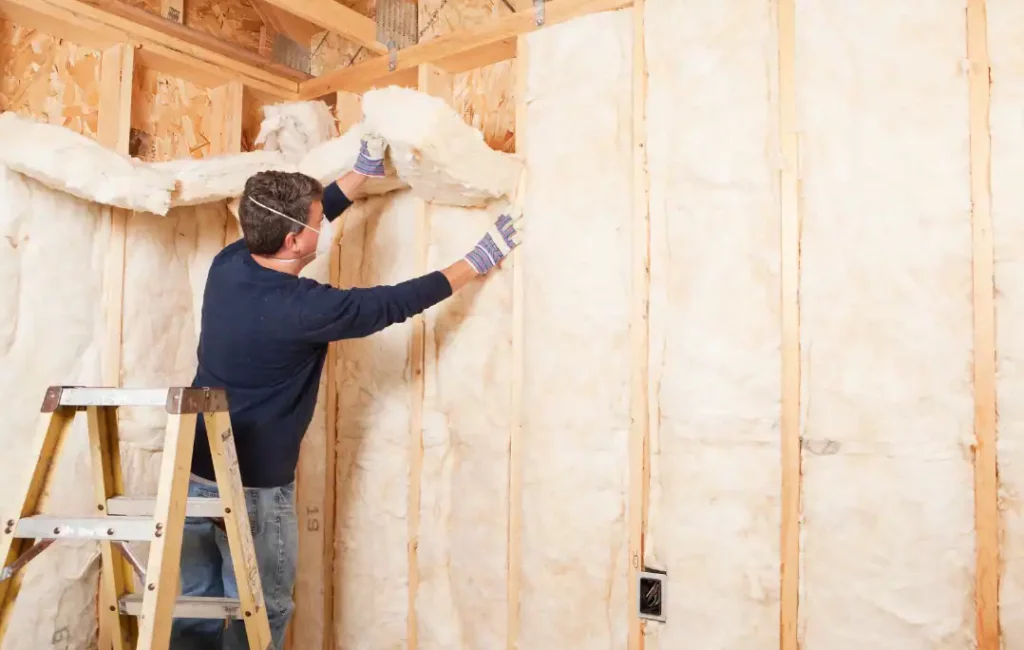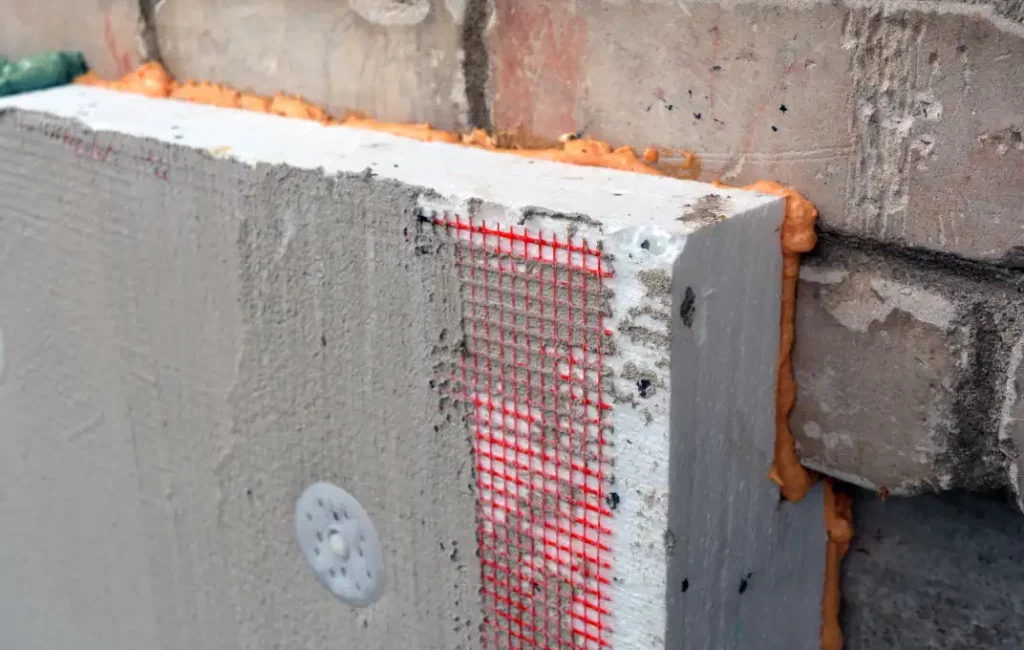BEST SOLID WALL INSULATION IN 2023
Our Services
Solid Wall Insulation
Houses built in early 20th century were normally built with solid walls. Cavity walls structures only started to become popular in 1920’s and became the preferred construction type in mid 1930’s. As the solid walls do not have a cavity, these can only be insulated from inside or outside. The benefits are similar to Cavity wall insulation; however, both the options of insulating externally or internally are quite expensive compared to cavity wall insulation. External method sometimes triggers planning and building control requirements making them a little more complicated to achieve. Internal methods are quite disruptive and on average 100-150mm room space is lost.
Also, internal fixtures and furnishings can complicate the process as well. Further, there are no current grants available which cover 100% of the costs and a substantial contribution will be needed from the householders. Regardless of the complications and hurdles briefly described above, it is the only way to insulate solid walls and can help reduce up to 35% heat loss from the property.

Insulating solid walls can reduce heating costs and make your home more comfortable.
If your home was built prior to the 1920s, it is likely that its exterior walls are solid walls and not cavity walls.
- Cavity wall insulation can’t be used on solid walls because they are made up of concrete.
- There is small gap between the two layers of cavity walls.
Solid walls are insulated internally and externally.
Benefits of Solid Wall Insulation
- Heat loss can be prevented
- Reduce your heating bills
- Reduce your carbon footprint
Identify your wall type
Walls are not insulated if you have solid walls.
However, it is essential to determine what kind of walls you have. You can see the brickwork outside your house, which can help you understand how the wall was built. You can measure the wall’s width to determine whether the walls are cavity or solid. Take a look at a window or door that is attached to one of your exterior walls. You will need to consult a specialist for insulation if you live in a house with non-traditional building construction, such as concrete, steel, or timber-framed. If a wall is made up of bricks of 260mm thickness then the wall is a cavity wall.
A solid wall is often a thin wall. Although stone walls can be thicker, they are generally solid.
Savings, costs and financial support
The following are installation costs for solid wall insulation based on a 3-bedroom semi-detached house in Great Britain:
- Insulation of external walls: approximately £14,000.
- Insulation of internal walls: approximately £10,000
These costs might be reduced if you install other renewables with it.
Installing solid wall
insulation can be cheaper We suggest that you hire a company to insulate your entire house, then completely redecorate it. This is what some people desire, but it can be expensive. It is best to insulate walls when other decorating or building work is being done. If you want to renovate or install a new bathroom or kitchen in near future, then internal insulation may be installed. It is possible to spread out the cost by working on one room at a time. It will cost less to install external insulation when there are other renovation is going on . You will likely have scaffolding in place if you are having a new roof installed, painting windows or installing solar panels. This can help to save some money. It’s worth getting a quote to complete your refurbishment, including insulation, if you have walls that need to be repaired. Sometimes grants are available for home improvements, to find out if your area is eligible for assistance, you can apply here
Wall Types
The first thing to know is what kind of walls you have. If you see brickwork outside the house, you can look at the patterns on the walls.
Internal Wall Insulation
We can either attach rigid insulation boards to the walls or build a stud wall with mineral wool fiber.
- Internal insulation is less expensive to install than external insulation.
- It reduces the floor area where it is used (the insulation thickness is approximately 100mm).
- It can be disruptive but it is possible to do it room by room.
- Requires removal and reattachment of skirting boards, door frames, and other fittings in internal wall insulation.
- It can be challenging to fix heavy items inside walls. However, special fixings are possible.
Apply for solid wall insulation under the ECO4 grant scheme.

Solid wall
External wall insulation is the process of attaching insulation material to the wall and then covering it with a special type or render
- External wall insulation can be applied without causing disruption to the household. It will not affect the floor area of the home.
- Restore the exterior walls’ appearance
- This will improve weatherproofing as well as sound resistance.
- Fill cracks and spaces in brickwork to reduce draughts
- Protecting brickwork with external insulation can increase the life expectancy of walls.
- It reduces condensation on the internal walls, and can help prevent damp (but it will not solve rising damp).
- Access to the outer walls is required.

How come energy companies can do thisfor free?
This is all part of Energy Company Obligation, which is run by the British government. Learn more information about ECO by clicking here. The advantages of FREE cavity wall insulation as a result of Government’s ECO4 scheme:
Roof Inspection
Scheduling An Appointment
Fill this form and send your contact details we'll contact you ASAP
